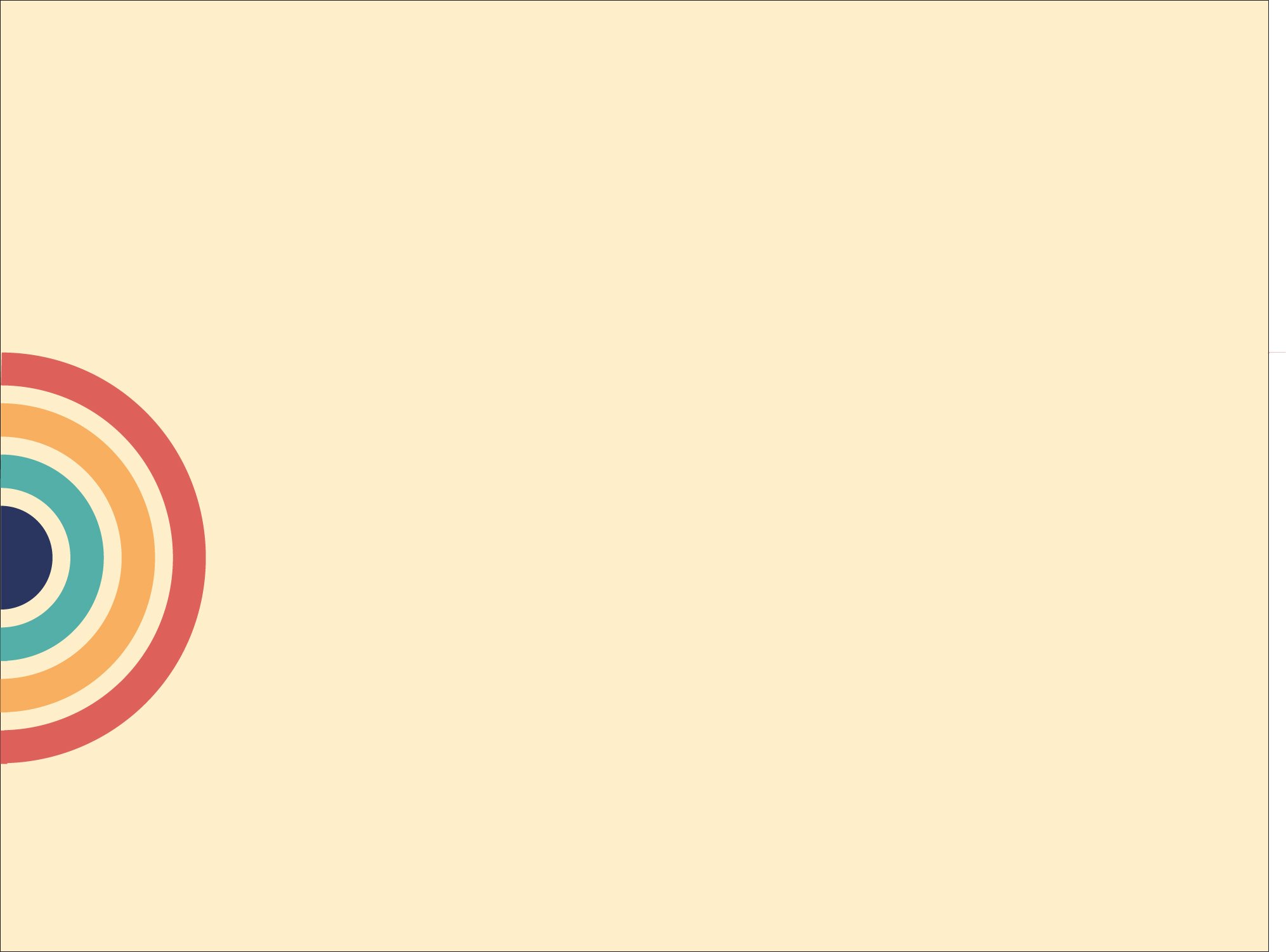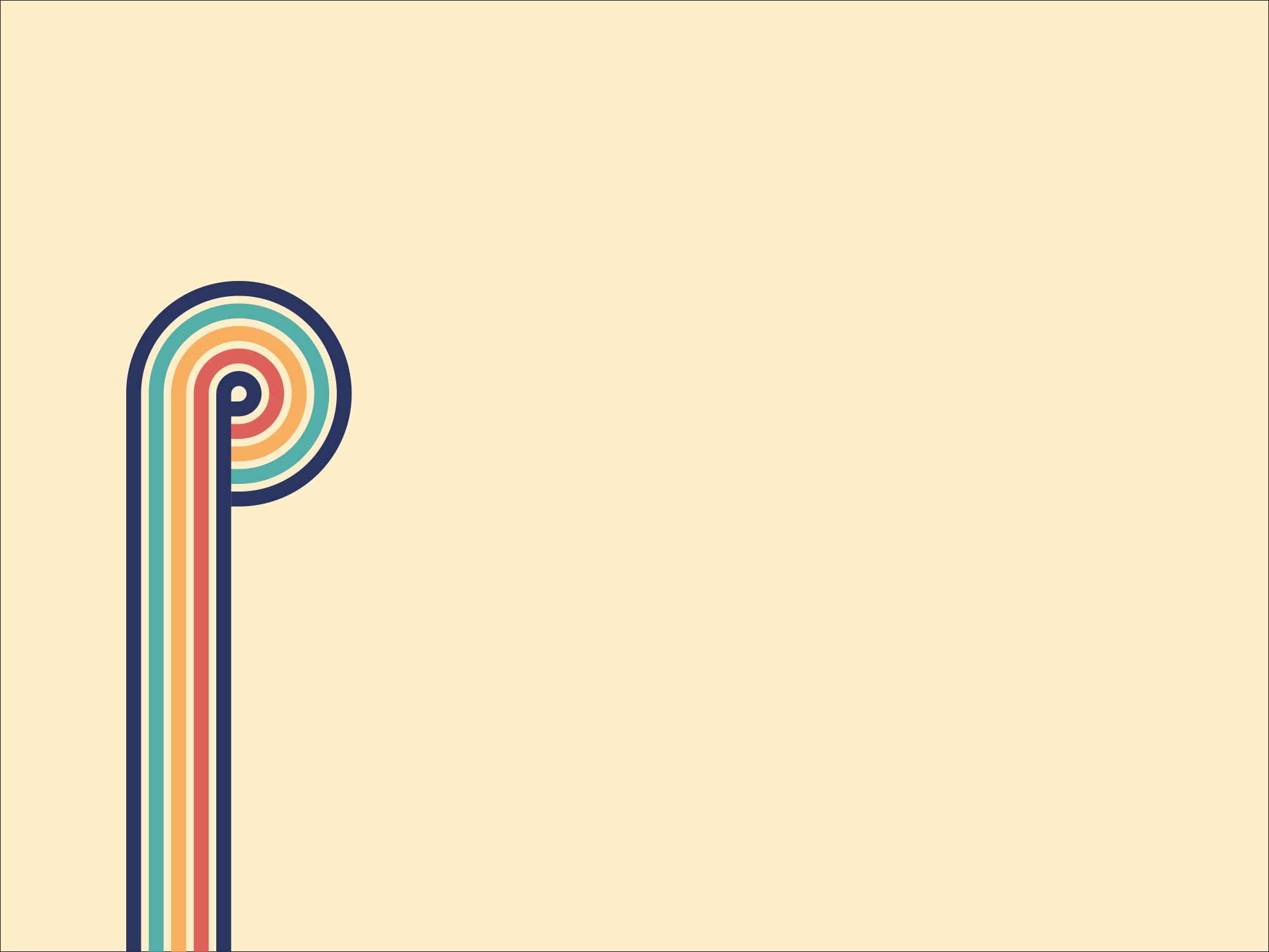
This case study involves proprietary information protected under a Non-Disclosure Agreement (NDA). As a result, specific details, data, and visuals have been omitted or redacted. However, the storytelling aspect of the project remains intact, offering insight into my process, problem-solving approach, and key takeaways. Enjoy the journey—with minimal visuals but maximum impact.
Too Long, Didn’t Read
This project was an ambitious, high-speed UX and product design sprint that required a balance of strategic thinking, creativity, and adaptability. With an evolving product vision, tight timelines, and the need for seamless collaboration, our team designed and built a user-focused digital experience from the ground up.
Key Highlights:
Brand Identity: Created a name and visual identity that aligned with the product’s mission while overcoming domain availability challenges.
Information Architecture & Wireframes: Defined a structured user flow and detailed wireframes to optimize usability and task efficiency.
Pixel-Perfect Prototyping: Designed high-fidelity, production-ready interfaces under extreme time constraints while maintaining UX best practices.
Rapid Iteration & Collaboration: Worked in tandem with a team of designers, iterating quickly while ensuring design consistency and usability.
Next Steps: Conducting further user research, defining the MVP and MMP, and implementing usability testing for refinement and validation.
Impact:
Design Leadership – Ensured consistency and pixel-perfect execution
Problem-Solving – Balanced speed with user-centered design
Cross-Team Collaboration – Streamlined workflows and solved bottlenecks
Attention to Detail – Maintained alignment, spacing, and UX best practices
Relentless Drive – Pushed the project forward under intense deadlinesThis case study will continue to be updated as the project evolves and new insights are gathered.
About the Project
Project Type:
SaaS Product Design from Phase zero
My Role:
Product Design
UX Design
My Team:
The cross functional teams consist of a Product Team, Design Team, and Dev Team. I was the Lead Product Designer and a member of the UX Design team.
Project Details
This project was a fast-paced 0-to-1 SaaS startup initiative with a critical deadline tied to an upcoming investor meeting. The goal was to design and develop a multi-user platform with complex role-based functionality, requiring seamless interaction between distinct user types. Given the urgency and scope, the project demanded a balance of strategic design thinking, technical feasibility, and rapid execution.
Key focus areas included secure account management, dynamic content organization, event scheduling, communication tools, data visualization, and an intuitive administrative dashboard. Accessibility compliance and a strong brand identity were essential to ensuring both usability and market readiness.
Due to the proprietary nature of this project, specific details and visuals have been omitted, but this case study provides an overview of the design challenges, strategic approach, and key outcomes.

6 Weeks, Concept to Product Delivery:
Challenge Accepted
A blank slate, an ambitious vision, and a ticking clock—just six weeks to take an idea from concept to a fully functional product, ready for the spotlight at a critical investor presentation. The challenge? Build a robust, multi-user SaaS platform from the ground up, ensuring every feature was intuitive, secure, and polished enough to impress. There was no time for hesitation—only relentless iteration, problem-solving, and around-the-clock execution.
From day one, the team sprinted into action. Wireframes turned into high-fidelity prototypes almost overnight, development moved in parallel with design, and testing was an ongoing battle against time. Every detail, from user flows to branding, had to align seamlessly to deliver a compelling, investor-ready product. Sleepless nights and caffeine-fueled problem-solving became the norm, but failure was never an option. When the deadline hit, the product wasn’t just complete—it was launch-ready, a testament to what can be accomplished when urgency meets precision.
What does that 6 weeks look like?

Competitive Analysis and User Research
With just six weeks to bring the product to life, every research effort had to be laser-focused and actionable. The UX and product teams kicked off with a competitive analysis and user research—arguably the most critical steps given our time constraints. Traditional, time-intensive methods like surveys and in-depth interviews weren’t an option. Instead, we leveraged rapid competitive benchmarking and targeted user insights to shape our strategy.
Analyzing two direct competitors and four indirect competitors, we identified industry standards, common pain points, and opportunities for differentiation. This research informed not only our feature set but also our branding—ensuring we stood apart while still feeling familiar within the industry landscape. Simultaneously, we conducted a lean but effective user research effort, honing in on our target audience’s behaviors, needs, and frustrations. These insights guided our UX decisions, helping us craft an experience that felt more intuitive, engaging, and tailored than anything our competitors offered. In a race against the clock, research became our guiding light, enabling us to move fast without compromising user needs.
Brand Identity
The Name Game: Babbling Our Way to a Brand
Naming a product from scratch sounds fun—until you realize every good domain is already taken or selling for the price of a luxury car. Our brainstorming sessions quickly devolved into what sounded like baby talk: Zoza! Dajo? Miki! Xojo!We threw out every short, catchy, and vaguely tech-sounding word we could think of, hoping to stumble upon a winner. But the real challenge? Finding a name with an available domain that didn’t cost thousands (or in some cases, hundreds of thousands) of dollars. Since we were pre-investment, affordability was key. After a whirlwind of ideas, iterations, and a fair share of laughter, we landed on the perfect name—one that captured the product’s essence and fit within budget. Unfortunately, the final choice remains under wraps for now.
Rejected Name and Branding, not infringing NDA
Building a Visual Identity: 16 Palettes Later…
With the name in place, the next step was defining the brand’s visual identity. I started by curating seven distinct color palettes, each carefully selected to evoke the right tone and personality for the product. The design and product teams cast their votes, narrowing the selection down to three favorites. But the refining process didn’t stop there. Each of the three finalists was tweaked into three variations, bringing the total number of palettes to 16 before a winner finally emerged. The result? A bold yet balanced brand identity that set the foundation for the product’s design language.
Color palettes have an added distort filter because originals may have hinted at the nature of the product.
Laying the foundation
Before a single screen was designed, we needed to establish the backbone of the platform—its Information Architecture. With a product this complex, a clear structure was essential. We started by hashing out a basic flowchart, ensuring all required features and user interactions were accounted for. Each of the three distinct user portals needed tailored workflows, and every function—account management, dynamic content, event scheduling, search and filtering, communication, reporting, and admin tools—had to fit seamlessly into the system.
Wireframes
With the framework in place, we turned to wireframing—our best tool for fine-tuning the details. Working at breakneck speed, we sketched out the user flows, ensuring that every step was intuitive, goal-oriented, and frictionless. The wireframes acted as a blueprint for the UI, guiding the placement of everything from toggle buttons to breadcrumbs, forms to navigation tabs. It was a fast, sometimes messy process, but in a project where speed was critical, our low-fidelity wireframes became the glue that held everything together.
(Not actual project wireframes)
Establishing a visual identity
(Not actual project logo)
Before diving into high-fidelity design, a comprehensive style guide was developed to ensure consistency and efficiency across the design team. This document established the rules for typography, color usage, spacing, and UI elements. Clear instructions were outlined for creating components and incorporating them into a shared design system, allowing for seamless collaboration and a uniform user experience across the platform.
With the product name and color palette locked in, it was time to design a logo that aligned with both the nature of the product and industry expectations. The competitive analysis provided valuable insights—while we wanted the brand to stand out, it also needed to feel familiar and credible within its space. The final direction leaned toward a straightforward, business-like design, with clean lines, simple colors, and minimal ornamental features to reflect the product’s functional and professional nature.

Building a Pixel Perfect Prototype
With our wireframes locked in, it was time to bring the product to life. Our small but determined design team was split into pairs, each duo tackling one of the three distinct user portals. I worked side by side with my teammate in Figma, watching each other create in real-time, refining and iterating as we went. The speed at which we had to work was unprecedented—every second counted.
This was the kind of project that separates the disciplined designers from the sloppy ones. With tight deadlines and immense pressure, details could easily slip through the cracks. Some teammates, understandably, lost track of pixel precision in the chaos. I took it upon myself to meticulously review all design files multiple times a day, ensuring:
Alignments were consistent
Proportions were correct
The 8px spacing rule was followed
Components and styles adhered to our design system
The front-end team was breathing down our necks, eager to start development, while leadership anxiously awaited progress. There was no room for error. Long nights, weekend work, and relentless iteration became our new normal.
What we Built
Despite the high-pressure environment, our team successfully designed a fully functional, pixel-perfect prototype, featuring:
✅ Distinct User Portals – Three unique, role-based portals tailored to specific workflows.
✅ Secure Account Management – User registration, profile creation, and password recovery.
✅ Dynamic Content Management – Tools for creating, editing, and categorizing content.
✅ Event & Scheduling Functionality – An intuitive system for scheduling and user notifications.
✅ Search & Filtering Capabilities – Advanced search tools for easy access to relevant data.
✅ Communication & Notification System – A seamless way for users to stay informed and connected.
✅ Data Visualization & Reporting – Dashboards for key insights and analytics.
✅ Administrative Management Tools – A robust backend for managing users, content, and settings.
✅ Accessibility Compliance – Designed to meet WCAG standards for an inclusive experience.
Through sheer focus, discipline, and teamwork, we transformed a concept into a functional, high-fidelity prototype—on time and ready for investor review.

Next Steps
Step one: catch our breath- Whew that was a SPRINT!
In the fast-paced nature of this project, certain traditional UX steps had to be streamlined or temporarily set aside in order to meet aggressive deadlines. However, throughout the process, we remained committed to a user-centered approach, ensuring that every decision aligned with the core needs of our audience.
Now, as we move forward, the next phase is to take a step back and reconnect with foundational UX principles. This means evaluating our work with fresh eyes and ensuring that our product not only functions efficiently but also truly resonates with our users.
Key next steps include:
Defining the MVP (Minimum Viable Product): Refining the current features to establish a solid, high-value foundation that delivers immediate user benefits.
Planning the MMP (Minimum Marketable Product): Collaborating to define the next set of features that will enhance the product’s competitiveness and differentiation in the market.
Competitive Differentiation: Identifying areas where we can stand out from competitors, ensuring our product offers unique value and compelling improvements over existing solutions.
Deeper User Research: Conducting further research to gain insights into what our users truly need and expect from our product, guiding our roadmap for enhancements.
Usability Testing & Validation: Designing and implementing usability tests to gather both quantitative and qualitative data, ensuring the product effectively meets user expectations.
This project is still evolving, and as we gather new insights and refine our strategy, this case study will be updated to reflect the latest product and UX advancements.
Project refelections
This project was a whirlwind—an intense, fast-moving challenge that tested not only our skills but our endurance, adaptability, and ability to collaborate under pressure. In a startup environment where speed is everything, we had to make quick decisions, adapt on the fly, and trust in our ability to create something brilliant, even without the luxury of time for every traditional UX step.
What stood out most in this process was the power of teamwork. Despite the pressure, despite the late nights and relentless pace, our team came together with a shared goal: to build something meaningful. Working side by side in Figma, pushing each other to refine details, supporting each other when things got overwhelming—we weren’t just designing a product; we were proving what was possible when dedication and talent converge.
For me personally, this project was yet another reminder of my own resilience. I thrive in environments that demand quick thinking, problem-solving, and leadership. When things got chaotic, I stepped up—not just in refining the design details but in maintaining team cohesion, ensuring the work met high standards, and keeping the momentum going even in the toughest moments. This experience reinforced what I already knew: my passion for building great products is matched only by my determination to see them through, no matter the obstacles.
In the end, we didn’t just meet a deadline—we built something that had depth, strategy, and the potential to truly impact users. And that, to me, is what great design is all about.











